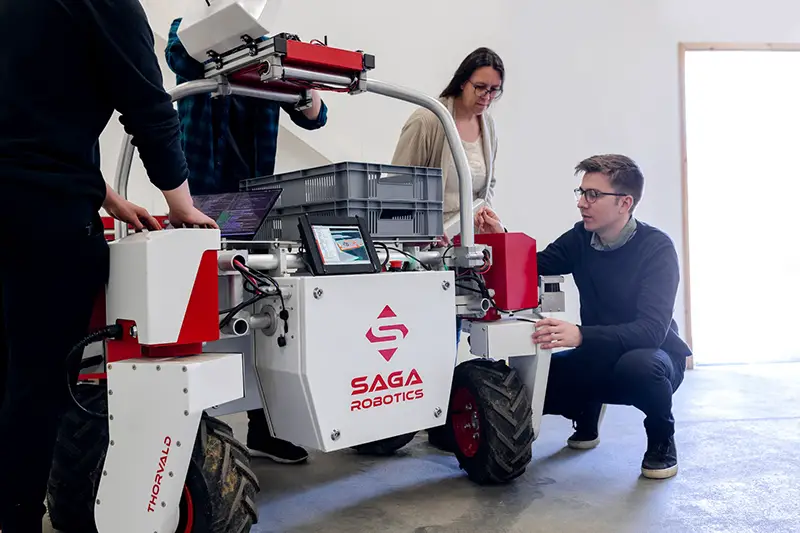Click here to get this post in PDF
In recent years, robotic systems have been increasingly implemented into factory settings in order to boost efficiency. By automating tasks that are typically carried out by human workers, such as welding, fabricating, and painting, robots can help factories to speed up production while ensuring consistent quality. In addition, robots can work around the clock and do not require breaks, meaning that they can maintain a high level of productivity at all times.
Robot history and present day
Robots have been used in factories for over 50 years, but recent advances in technology are making them more efficient than ever. Today’s robots are faster, more precise, and more versatile and can work around the clock without getting tired. As a result, factories that use robotic systems are able to produce more goods at a lower cost. In the past, robots were used primarily for repetitive tasks such as welding or painting. Today, however, robots are able to handle a greater variety of tasks. They can throw items into bins, drill holes in parts, and cut and weld metal. They can even operate machines that build other machines! Robots are being used by the military as well.
How robots are used in factories
Robotic systems are increasingly being used in factories as companies seek to improve efficiency and productivity. Robotics can help to improve the quality of products while also reducing costs. In addition, robotics can help to reduce the risk of injuries in the workplace. There are a number of different ways in which robotic systems are used in factories, including assembly line production, welding, and painting.
The advantages of using robots in factories
The advantages of using robotic systems in factories are many. They include increased productivity, safety, and accuracy. They also result in less waste and fewer errors. Additionally, robots can work longer hours than humans and do not require breaks.
The future of robots in factories
As factories increasingly look to automate processes and cut costs, the role of robotic systems will become more prevalent. These systems can be used for tasks such as welding, fabricating and assembling parts. While they are not yet able to completely replace human workers, they can work alongside them to increase efficiency. As technology advances, it is likely that these systems will become even more advanced and widely used in factories.
How robotic systems affect businesses
An industrial robot is a machine used in factories to perform repetitive tasks. They are also used in warehouses and distribution centers to move and sort items. In recent years, the use of robots has expanded to include service industries such as healthcare and hospitality.
There are many benefits to using robotic systems in businesses. They can increase productivity and efficiency while reducing costs. Robotics companies help businesses design and implement custom solutions that meet their specific needs.
Conclusion
Industrial robots are used in manufacturing, service industries, and even the home. There is a great deal of research being done to create robots that can do more complex tasks.
You may also like: Modern Machines: cost-effective or waste in business?
Image source: Unsplash.com

